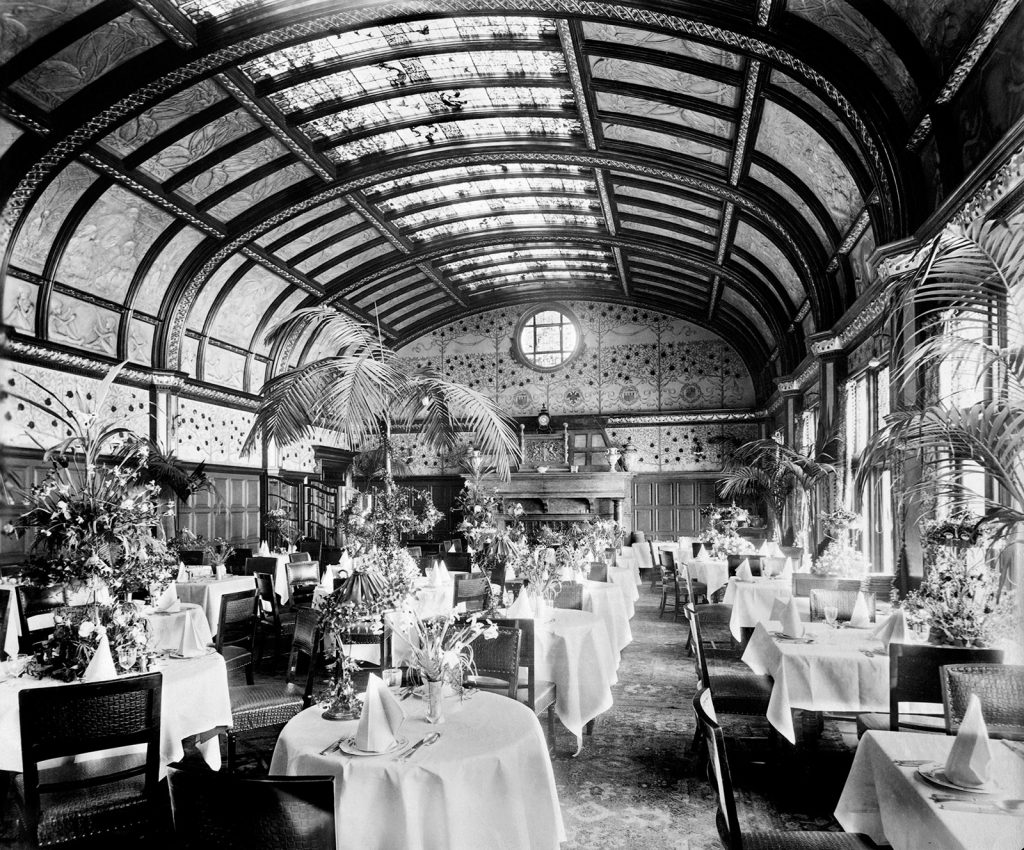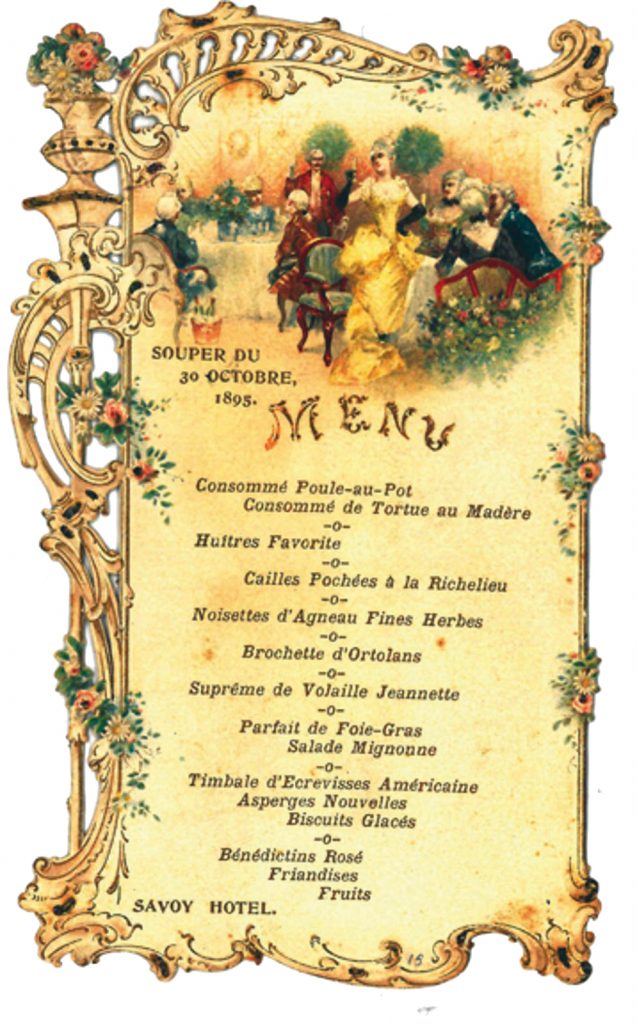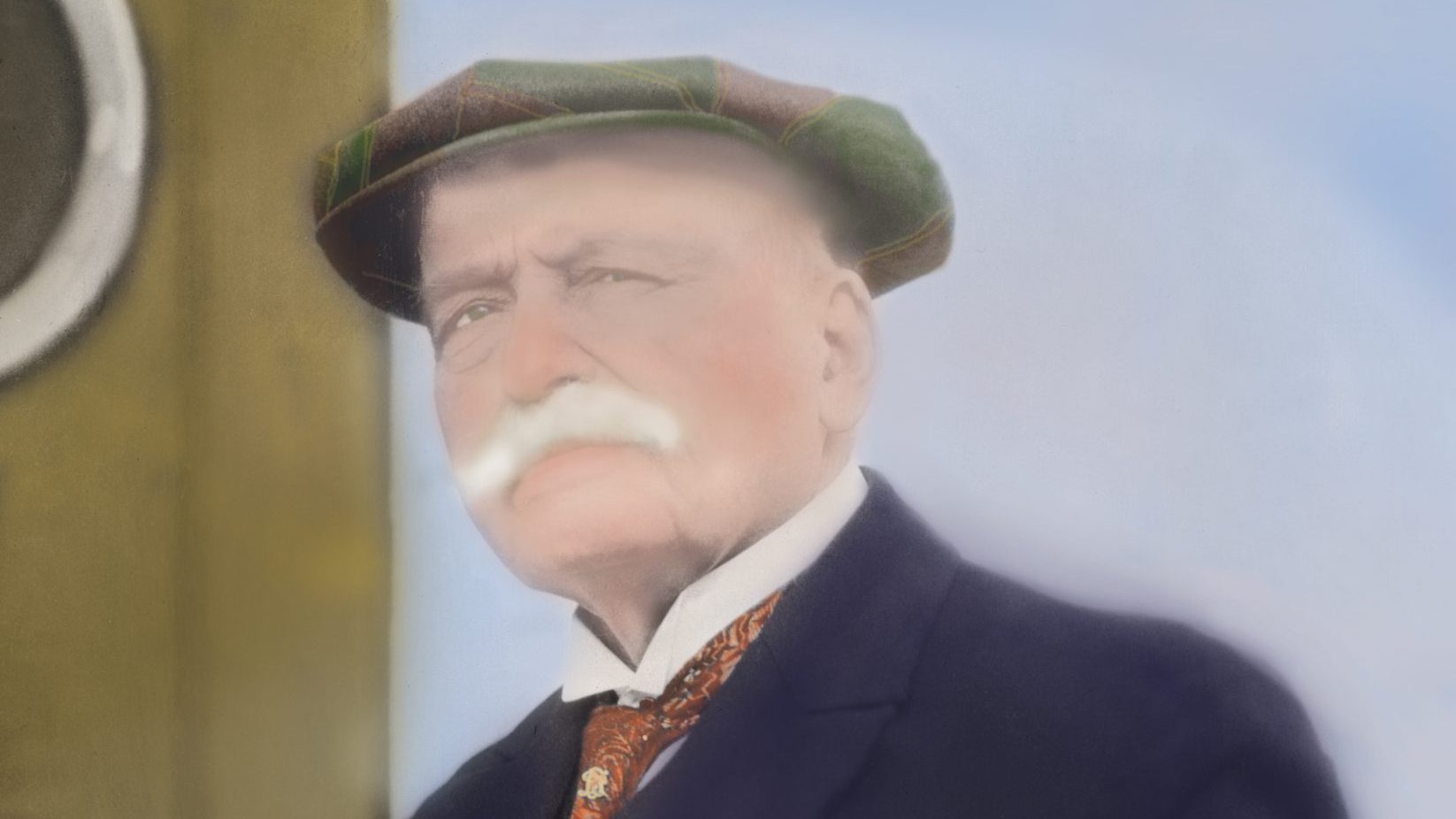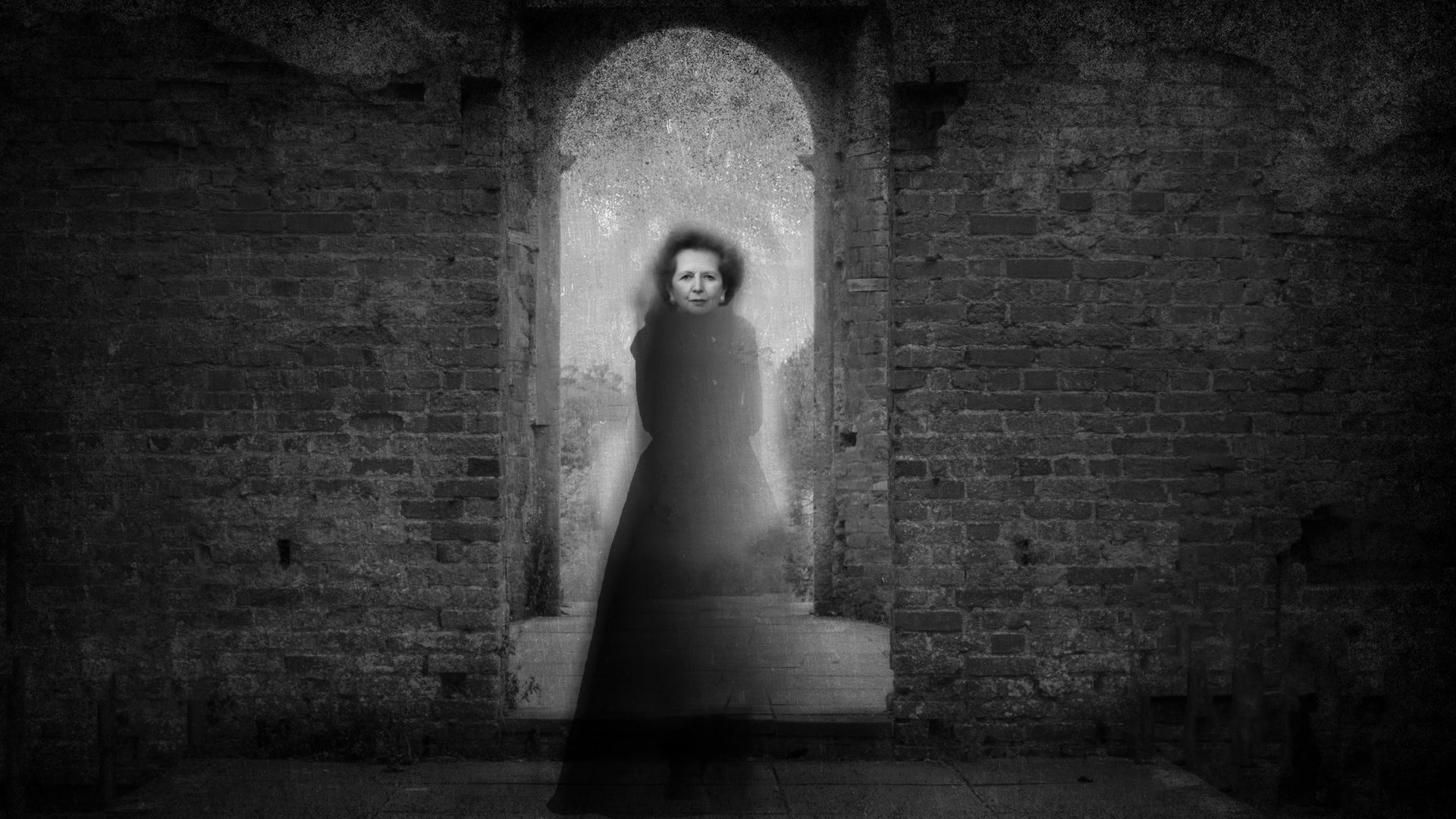“The greatest dishes are very simple,” Auguste Escoffier once wrote. But in July 1890, he made The Savoy in London the venue for one of the most lavish dining events of the era.
For the 10 guests, the “king of chefs and chef of kings” devised a menu of head-spinning indulgence. There was bird’s nest soup – the nests imported from China, chicken stuffed with foie gras and truffles, braised turtle fins and the French delicacy of ortolans – tiny songbirds wrapped in a vine leaf,
roasted and eaten whole, bones and all.
The meal ended with fruit – small peach, plum and cherry trees and grapevines were brought to the table and the diners were given golden scissors to serve themselves. The cost for the 10 guests was £15 per head – a weekly salary for the upper-middle class. But the hosts of this spectacle of luxury were not royalty or aristocracy, but two Jewish businessmen – members of the nouveau riche, one of them in the fur trade – and the dinner was a sign of a rapidly changing social order as the end of the century approached. At the Savoy, Escoffier – a Frenchman in London – was part of the transformation not just of gastronomy but of British society.
Escoffier, whose 175th anniversary year is being celebrated and whose impact on London is reflected in the name of Gordon Ramsay’s new French fine dining Restaurant 1890 at The Savoy, was an unlikely revolutionary. Short of stature and quietly single-minded, his appearance belied the creative whirlwind within. Born in late 1846 the son of a blacksmith and raised in poor, rural Provence, his dreams of being an artist were rapidly stifled as he was apprenticed, aged just 13, to his uncle at his restaurant in Nice, which served the rich who wintered in the south of France.
There Escoffier encountered something akin to Hell – a basement kitchen filled with smoke, intense heat, heavy drinking and not-so-latent violence. It was a standard for restaurant kitchens which he would go on to turn on its head, first resolving to immerse himself in his new career. “Having realised that in cooking there was a vast field of study and development, I said to myself, ‘Although I had not originally intended to enter this profession, since I am in it, I will work in such a fashion that I will rise above the ordinary, and I will do my best to raise again the prestige of the chef de cuisine’,” he later wrote.
A job at the bohemian Le Petit Moulin Rouge, near the Champs-Élysées, took Escoffier to Paris, and when the Franco-Prussian War broke out he was conscripted as an army chef, facing the ultimate catering challenge when he had to feed the army of the Rhine headquarters through the 10-week siege of Metz. He developed an unlikely but urgently practical interest in new canning and preserving techniques, which he would later pursue through founding a tinned-tomato business. Taken prisoner, he became chef to the captured head of the French army, Marshal MacMahon, and later escaped the siege of Paris by a whisker.

More than a decade of building a reputation in both Paris and the south followed, and Escoffier was nearly 40 when he was headhunted to work at the Grand Hotel Monte Carlo by its dynamic manager, César Ritz. Ritz – an ex-waiter with a hyper-sensitive feel for good service, an aesthete’s obsession with perfect decor, from the flowers to the lighting, and a talent for dramatically staged dining events – was determined to make the Grand one of the chicest places to be seen in Europe. His vision of the modern hotel was complemented by Escoffier’s own revolutionary ideas.
Escoffier reorganised the Grand’s kitchen into an assembly-line system, inventing the modern kitchen brigade and perfecting the service à la russe approach, where dishes were cooked to order, replacing the banqueting
style of earlier in the century. Escoffier’s system did away with the noise and chaos he had experienced as an apprentice, replacing it with a methodical calm that ensured dishes arrived in a timely, synchronised manner. Escoffier decreed that the cooks in his kitchen were to keep their whites clean and never wear them on the street. Swearing, tobacco and alcohol were banned. His vision, in short, was one of the professionalisation of the trade.
It was also at the Grand that Escoffier proved he was a true culinary artist, designing dishes that were lighter, more refined and more focused on flavour and quality ingredients than the thoroughly over-the-top confections of Marie-Antoine Carême, who had set the standard of haute cuisine earlier in the century. There Escoffier also invented the prix fixe menu, offering diners a curated fine dining experience.
But his modernising impulse (“People who do not accept the new, grow old very quickly,” he once wrote) was always tempered by a commitment to those traditions worth keeping – the classic sauces, cooking on wood and coke stoves instead of the new gas and electric cookers, and using heavy iron and copper pans. In the summer season, the Ritz-Escoffier duo could be found working the same magic at the Grand Hôtel National in Lucerne.
Meanwhile, in London, The Savoy was not experiencing such success. Richard D’Oyly Carte had opened the establishment in 1889 with the vision of giving London its first truly luxury hotel, but while it had provoked plenty of initial interest, it soon began to lose money. Having stayed at the Monte Carlo Grand, D’Oyly Carte knew Ritz was the man to give The Savoy the
indefinable magic that would bring customers back. Ritz, in turn, knew
his formula for success wouldn’t work without Escoffier’s food and persuaded the chef to join him in turning The Savoy’s fortunes around.
To Escoffier, overseeing a restaurant in London seemed a fool’s errand. London had no public restaurant culture – the British upper class had always dined in private, hosting events at their homes or eating at their exclusive clubs – and the French chefs who had staffed its gentlemen’s supper clubs had found the British palate to be an unadventurous one.
In Monte Carlo and Lucerne Escoffier had served a stream of European sophisticates, but in staid London he feared that he faced building a sense of taste from the ground up.
Escoffier’s welcome to The Savoy didn’t bode well. The previous chef had trashed the kitchens and turned the food stocks out on to the floor to spoil on being sacked. Escoffier, ever the professional, rallied his staff, rapidly restocked and got the lunchtime service out.
At The Savoy, Escoffier invented dishes that became legendary. He served frogs’ legs set on a “pond” of champagne jelly with chervil and tarragon “in imitation of water-grasses” to the Prince of Wales, euphemistically calling them Cuisses de Nymphes à l’Aurore (“Nymph Thighs at Dawn”). There was the famous pêches Melba for Dame Nellie Melba, probably the most famous singer in the world at the time, peaches poached in vanilla syrup, served on vanilla ice cream and topped with raspberry puree.

Dishes were specially designed for actresses Sarah Bernhardt (a strawberry dessert and a veal soup), Gabrielle Réjan and other celebrated figures. The actor Benoît-Constant Coquelin, who later had a sole dish dedicated to him by Escoffier, told the chef that his food had done nothing less than make dreary England “fit to live in”, a thought that may have been on Escoffier’s mind when he wrote, “So long as people do not know how to eat, they will not have any good cooks.”
While Escoffier had already put The Savoy’s kitchen brigade system and style of dining into practice in Monte Carlo and Lucerne, London was a far superior stage. It was the biggest city in the world, and The Savoy was a huge, ultra-modern hotel. It was the first fully electrified public building in the world. There was no more high-profile place to put his innovations on show. And, as Luke Barr argued in Ritz and Escoffier: The Hotelier, the Chef, and the Rise of the Leisure Class (2018), in London, Escoffier’s food was a focus around which social mobility was increasing and the old hierarchies were challenged.
The Savoy created a new, democratic, glittering public sphere where to see and be seen was as much part of the pleasure of a meal as the food itself, and both women and the newly moneyed staked a claim to a public social identity. Modern restaurant dining as we know it came to London for the first time under Escoffier’s tenure. He was feted by the likes of early restaurant critic Nathaniel Newnham-Davis, whose Gourmet’s Guide to London swooned, “M. Escoffier, had he been a man of the pen and not a man of the spoon, would have been a poet.”
But Escoffier was about to find out that pride comes before a fall. Chefs taking kickbacks from suppliers was hardly unknown, but The Savoy’s
management was unamused to find that their suppliers would routinely
deliver orders to their kitchens short of produce to make up for their payments, in both cash and goods, to Escoffier. Along with Ritz and maître d’ Louis Echenard, accused of similar wrongdoing, he was called into D’Oyly Carte’s presence one March Monday in 1898 and summarily sacked. The
papers reported that his loyal band of cooks defiantly wielded their chef’s
knives at the news and the police had to be called. Escoffier later admitted a
liability to The Savoy of a huge £8,000. But the scandal did not tarnish the Ritz-Escoffier magic and their famous clients followed them to the Paris Ritz and later to both the Carlton and the Ritz in London. And it was only after The Savoy, and as he entered his seventh decade, that Escoffier began to anticipate today’s celebrity chefs by publishing a bestselling book.
Le Guide Culinaire, published in France in 1903 and appearing in English in 1907 as A Guide to Modern Cookery – a piffling 2,973 recipes to the French edition’s more than 5,000 – set Escoffier’s gastronomic innovations down in black and white, codifying the core techniques and becoming the bible of culinary excellence. It is still in print. Stock is everything in cooking – at least French cooking. Without it, nothing can be done.
Next, Escoffier oversaw the creation of world-class restaurants on the luxury ocean liners of the Hamburg America Line and then went to America for the first time to set up the kitchens at the Ritz-Carlton in New York.
The first world war brought a new age and robbed Escoffier of a son. The best years were over. He retired to his Monte Carlo estate in 1920, a year
after he had been awarded the Légion d’honneur. But he lived to see both his
style of luxury embraced with wild enthusiasm in the 1920s, and Le Guide
Culinaire define fine food for the new century.
He died in 1935, aged 88. His creation of the modern kitchen and of dining as public spectacle is still with us today, and while you are unlikely to encounter ortolans and turtle fins at your next meal out, a little bit of
Escoffier will still be part of your experience.




